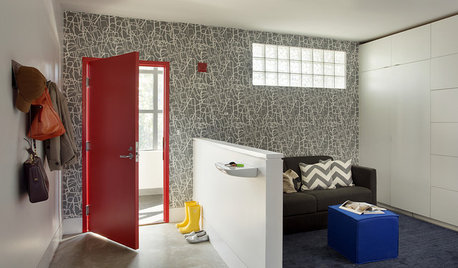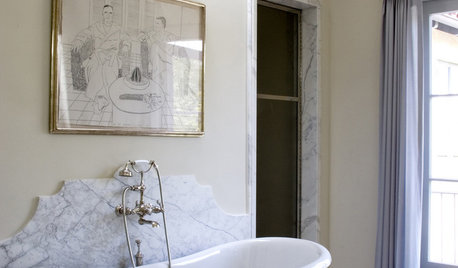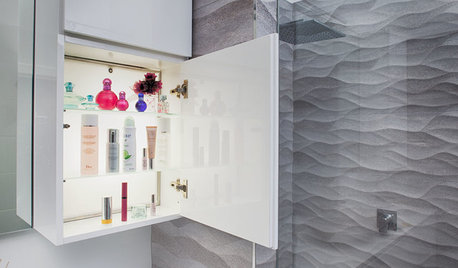What size PVC Conduit for 10/2 underground wiring
wilboud
13 years ago
Related Stories

BASEMENTS10 Ideas for an Anything-but-Boring Basement
Let your imagination run wild and get the most bang from your basement
Full Story
REMODELING GUIDES10 Tips for Renovating Your Basement
A professional contractor shares her tips on what to consider before you commit to a basement remodel
Full Story
STORAGE10 Smart Storage Hacks for Shoe Lovers
If your heels, flats, sneakers and boots are piling up in your foyer and bedrooms, restore order with these savvy storage hacks
Full Story
DECLUTTERING10 Secrets to a Neat Living Room
Keep the clutter at bay with ‘speed bumps,’ hidden storage and a little-stuff drawer
Full Story
REMODELING GUIDESFinish Your Remodel Right: 10 Tasks to Check Off
Nail down these key details to ensure that everything works properly and you’re all set for the future
Full Story
FRONT YARD IDEAS10 Ideas for a Front-Yard Edible Garden Your Neighbors Will Love
Choosing attractive, well-mannered plants and sharing the bounty will go a long way toward keeping the peace
Full Story
MATERIALS10 Modern Marble Looks
Marble has broken free of the standard kitchen countertop slab and is showing up on bathtub backsplashes, modern dining tables and more
Full Story
BATHROOM STORAGE10 Design Moves From Tricked-Out Bathrooms
Cool splurges: Get ideas for a bathroom upgrade from these clever bathroom cabinet additions
Full Story
GARDENING GUIDES10 Deer-Resistant Native Flowers to Plant This Fall
Learn about natives that embrace some kinds of wildlife but resist grazing deer
Full Story
HOUSEKEEPING10 Problems Your House May Be Trying to Show You
Ignore some of these signs and you may end up with major issues. We tell you which are normal and which are cause for concern
Full Story








Ron Natalie
terribletom
Related Professionals
Avon Lake General Contractors · Havelock General Contractors · Riverdale General Contractors · Syosset General Contractors · Williston General Contractors · Gardena Solar Energy Systems · Orinda Solar Energy Systems · Quincy Solar Energy Systems · Alum Rock Solar Energy Systems · Birmingham Home Automation & Home Media · Dallas Home Automation & Home Media · Greenville Home Automation & Home Media · St. Louis Home Automation & Home Media · Tampa Home Automation & Home Media · Winchester Home Automation & Home Mediafixizin
ontariojer
fixizin
brickeyee
wilboudOriginal Author
terribletom
Ron Natalie